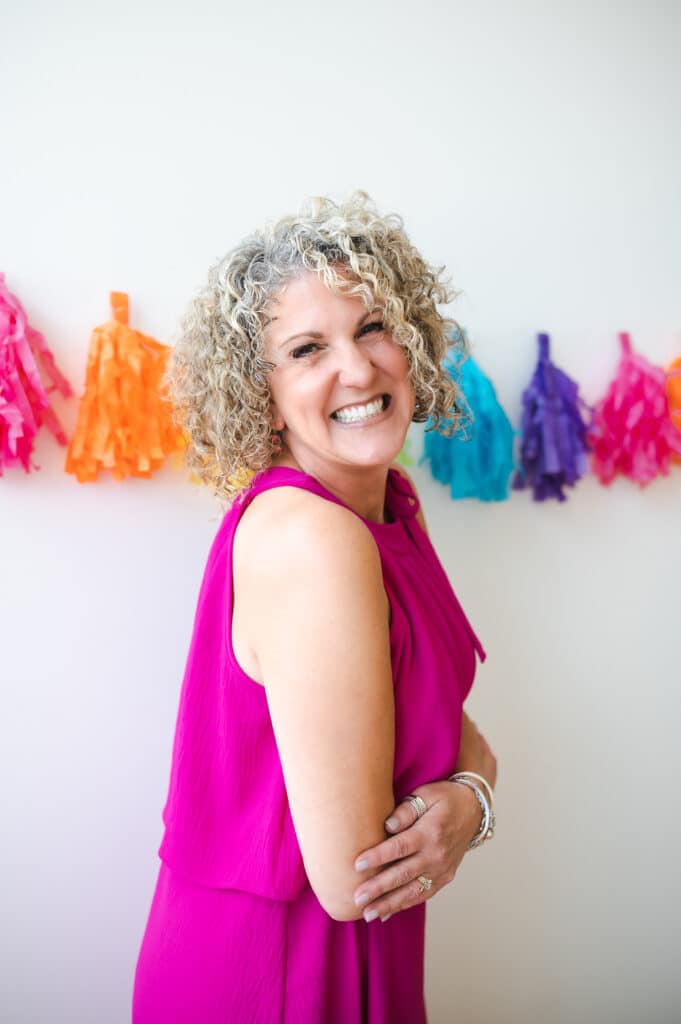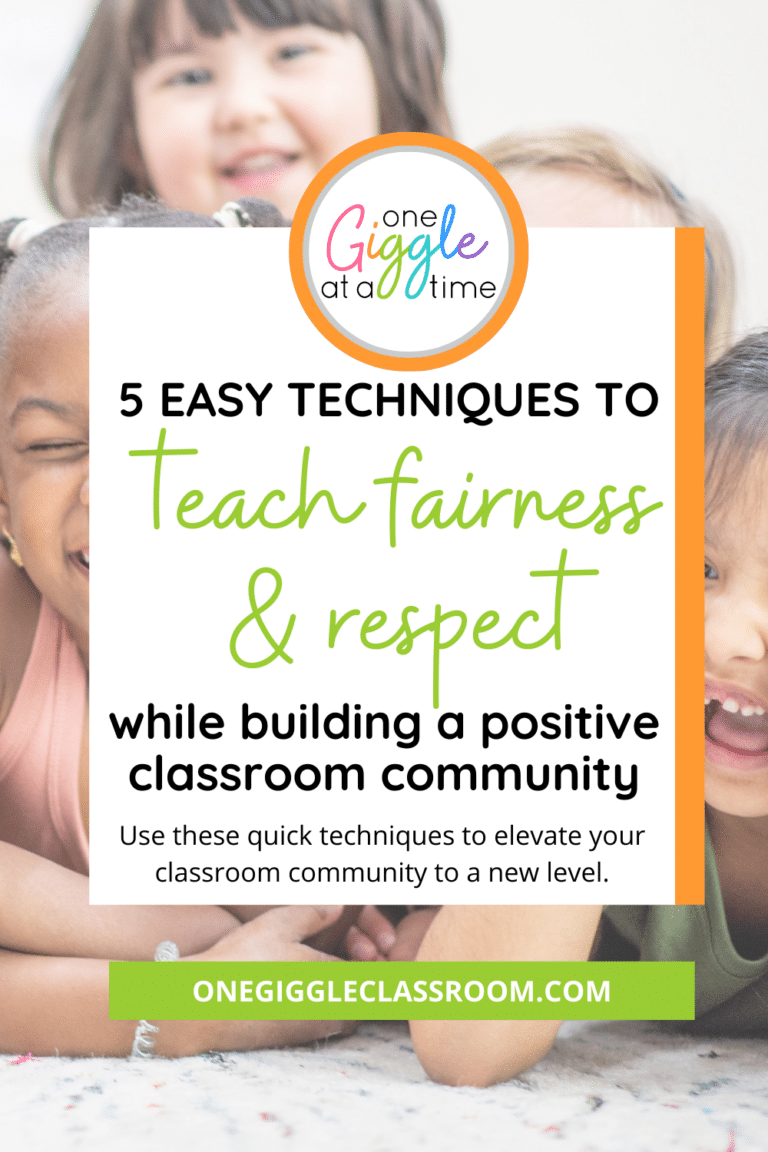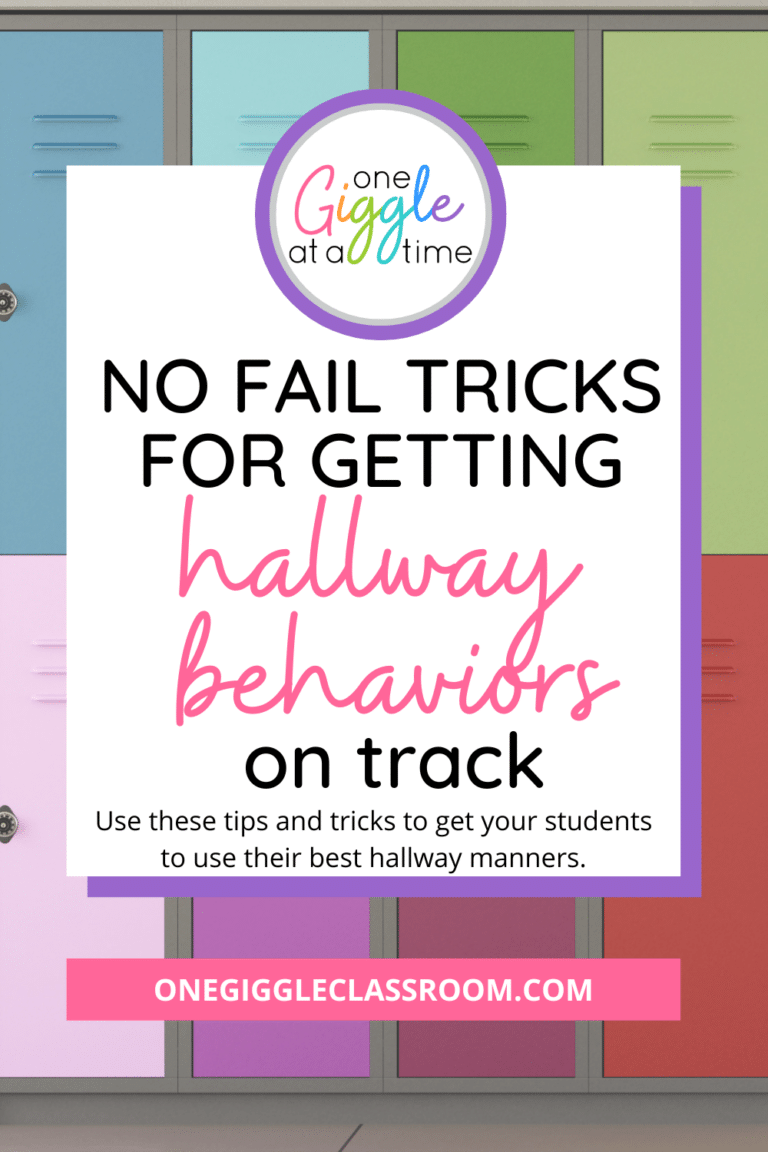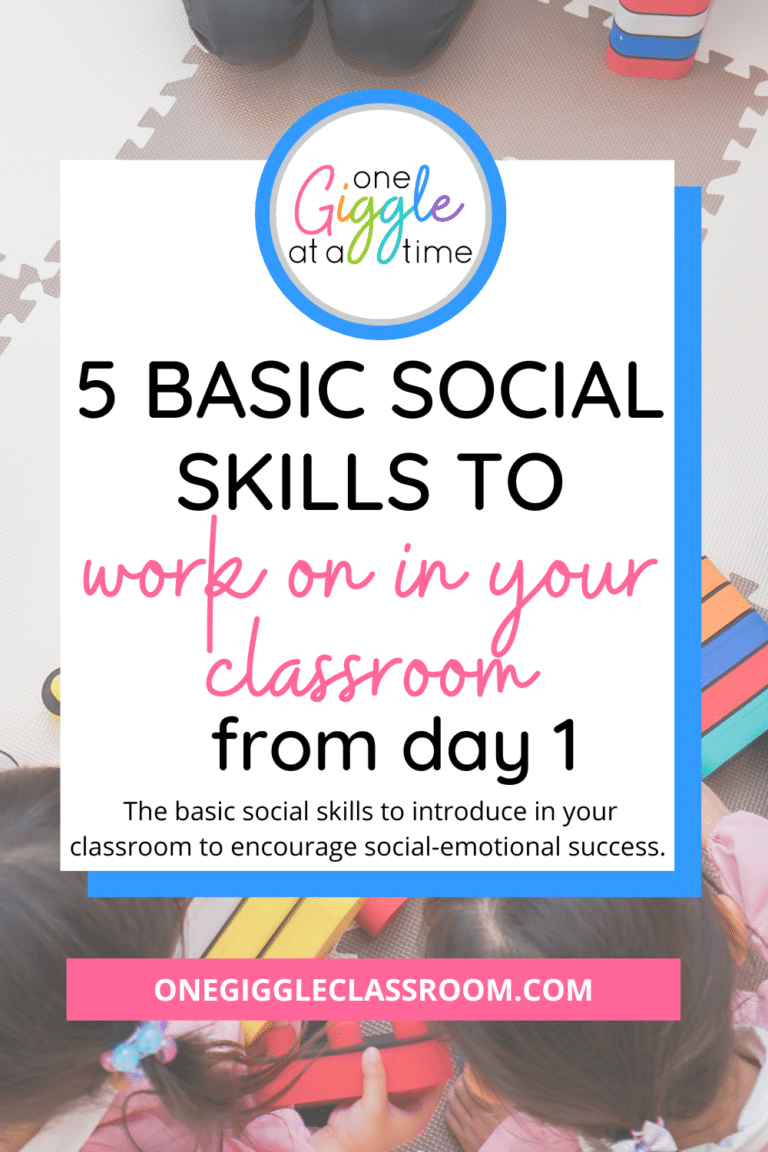
4 Powerful Ways to Manage Strong Emotions in the Classroom
Share This:

Big emotions in the classroom can sometimes feel like a bad storm rolling in— sudden, intense, and unpredictable! As children navigate their feelings, it’s common for them to experience frustration, excitement, or sadness in ways that feel overwhelming to them. With the right strategies in place, you can help your students learn to manage strong emotions in the classroom while creating a calm, productive learning environment for everyone!
Understanding Strong Emotions in Kids
Young children are still developing emotional regulation skills, so it’s no surprise when they experience big feelings and don’t know how to manage them. Changes in their environment, social challenges, and unmet needs can lead to heightened emotions in the classroom too:
- Developmental stage: difficulties identifying or knowing how to manage different emotions
- Environmental stressors: changes at home, new routines, or sensory overload
- Social challenges: navigating friendships, feeling left out, or misunderstanding social cues
- Unmet needs: unmet needs like hunger, being extremely tired, needing a movement break, & more
Understanding the “why” behind a child’s emotions can help you respond with empathy and appropriate support.
Manage Strong Emotions in The Classroom
Use these 4 tips to help your students learn about their emotions and how to manage their responses to them:
1. Identify and Validate Emotions
One of the first steps in managing strong emotions is helping students understand how they feel. This includes identifying and validating big feelings.
An easy way to do this is to teach your students about a different emotion each day during Morning Meeting. These colorful emotion cards are perfect to use!
Personal Emotion Strips are another hands-on tool to help your students begin to learn about and identify their emotions. Students keep these strips with their learning tools and are able to refer to them throughout the day to help keep track of their emotions.

Teacher Tip: Try saying, “I see that you’re feeling upset. It’s okay to feel that way, but let’s work together to find a solution instead of staying upset.”
When students feel understood by you and can personally understand how they’re feeling, it reduces their frustration and allows them to begin to work through their emotions more effectively.
2. Create a Safe Space to Express Emotions
Next, create a safe space for students to express their feelings. It’s important for students to be confident that they can share their feelings without judgment— both to you and their peers.
Foster this positive space within your classroom by leading a Feelings Circle each day where students can talk about their feelings using a favorite classroom stuffed animal or toy.

How the Feelings Circle Works:
- Sit in a circle on the rug and pass a favorite classroom stuffed animal or toy around.
- When a student holds the animal or toy, they can share their feelings— even if it’s just one word.
- Encourage all students to participate, helping them become comfortable with sharing emotions.
This process helps students learn empathy and listening skills while building a positive and supportive classroom environment. A culture of kindness and respect will reduce emotional outbursts over time as students learn to communicate more effectively and know they can do so safely.
3. Teach Mindfulness & Calming Techniques
Another effective way to manage strong emotions in the classroom is to teach mindfulness. By teaching your students calming strategies that go along with mindfulness, they will be able to handle stressful situations more confidently.
Start by modeling mindfulness and calming techniques yourself! When students see you use these strategies throughout the day, they’re more likely to follow your example.
Consider mindfulness activities like:
- Yoga
- Breathing exercises
- Relaxation techniques
- Listening to nature sounds or soft music

Start by practicing these activities as a class, but encourage students to be self-aware and identify moments when they may need to use a calming strategy on their own.
Calm Down Corner
Students can practice mindfulness at their desks or visit the classroom calm-down corner. A calm corner is a small space where students can go if they need to take a break to get their feelings under control. Make the space comfortable by including things like pillows, bean bag chairs, a soft rug, or a small tent.
Include tools & visuals of calm-down strategies, breathing strategies, and relaxation techniques as well as tools to help students work through strong emotions:
- rain sticks
- stress balls
- headphones to block out sounds
- crayons and coloring books
- books about feelings
- sensory bottles
- fidgets
- stuffed animals
- pop its
4. Develop a Supportive Classroom Community
Finally, work to develop a strong classroom community. One of the best ways to foster this type of atmosphere is by using social skills stories.

Give students many opportunities to work together on assignments and projects, support each other by listening and offering help, and solve conflicts. As children learn to collaborate, they gain important social-emotional skills like empathy, relationship building, and responsible decision-making.
When students know they are supported, they are more likely to participate in their learning and less likely to experience the negative impacts of strong emotions.
Engaging Resource to Help Manage Strong Emotions
This Self Regulation Bundle is the perfect resource to have on hand when dealing with strong emotions in your classroom!
It includes social skills stories and activities about each of these topics:
- Separation anxiety
- Identifying emotions
- Calm down strategies
- Self-control
- Elopement
- Using words instead of crying
- Problem-solving
Figuring out how to effectively manage strong emotions in the classroom is a key part of helping students succeed academically and socially. As your students begin to identify different emotions and use calming strategies in a safe classroom environment, they will become more confident and able to participate in the world around them— both in your classroom this year and far beyond!
Let me know if you have any questions about anything you see here. Don’t forget to pin this post to refer to it later!

Other posts you may enjoy:
The Importance of Using Emotional Regulation Strategies in the Classroom
10 Expert Tips for Really Effective Elementary Classroom Management
How Social Skills Stories Build the Positive Classroom Climate You Are Craving
GUIDE STUDENTS IN DEVELOPING A GROWTH MINDSET WITH THESE
Free Growth Mindset Punch Cards
The perfect way to start meaningful habits and conversations with your students!


Diane Romo
Thank you for being here! I love sharing ideas with other teachers! If you are looking to enhance your teaching and build a positive classroom community, you have come to the right place!
















